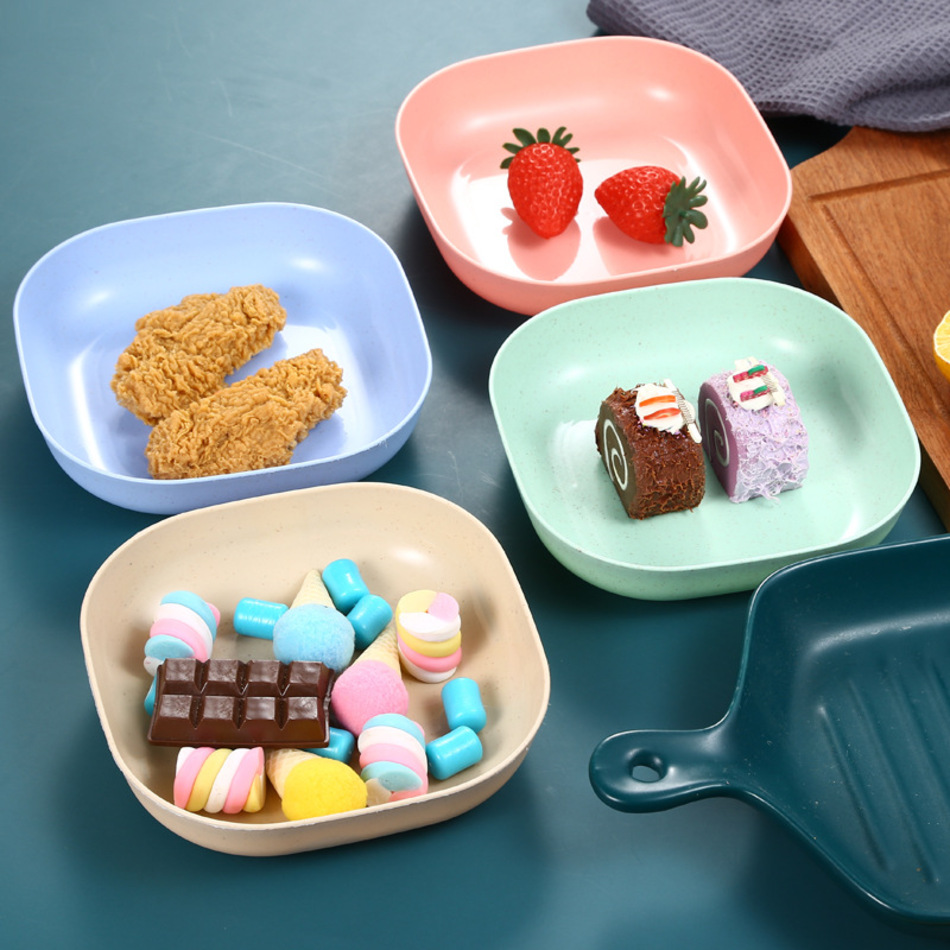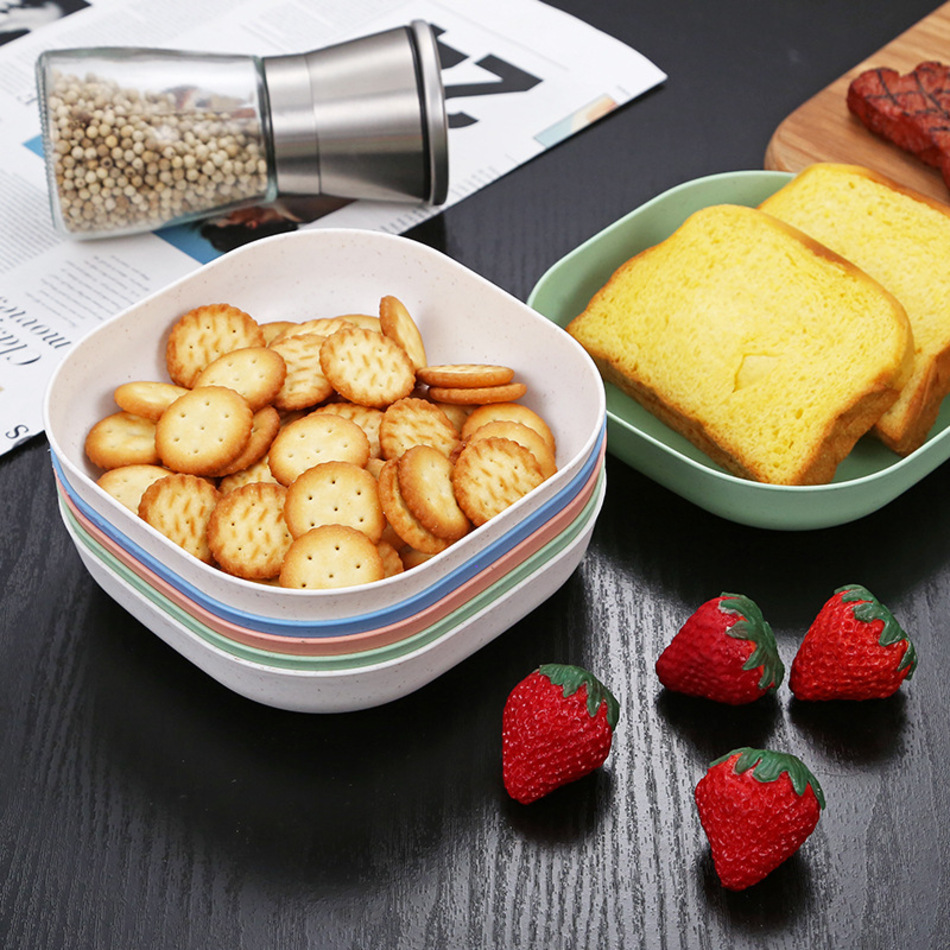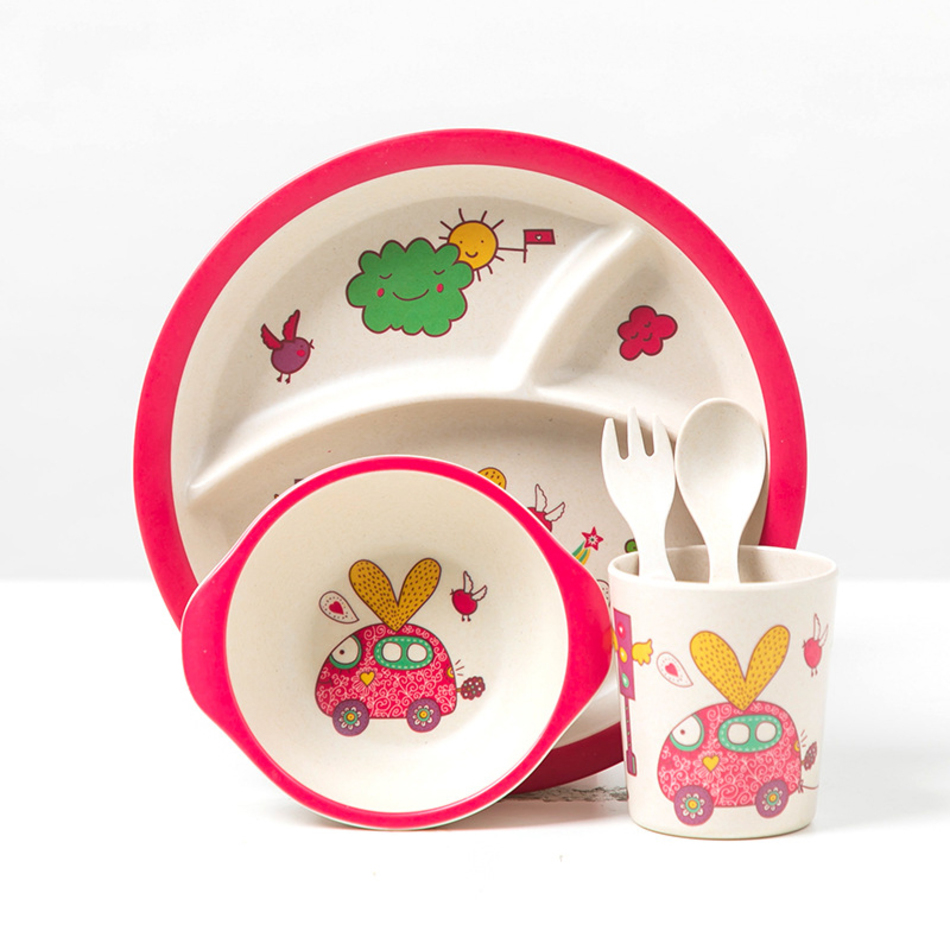Recently, multiple authoritative institutions such as QYResearch released data showing that the global eco-friendly tableware market is maintaining a steady growth trend. The global disposable eco-friendly tableware market size has reached 10.52 billion US dollars in 2024, and is expected to climb to 14.13 billion US dollars in 2031, with a compound annual growth rate of 4.3% from 2025 to 2031.

Policy driven has become the core engine of market growth. The EU’s ban on disposable plastics has come into full effect, China’s “dual carbon” goal has promoted the penetration rate of biodegradable materials to 35%, and many countries have intensively introduced environmental policies to accelerate the process of replacing traditional plastics. Technological innovation has broken through the cost bottleneck. The price of environmentally friendly tableware made from wheat straw has decreased by 52% compared to 2020. The high-temperature pressing and shaping technology of bamboo tableware has achieved large-scale production, and the production efficiency has increased by 30% compared to traditional processes.

The market presents significant regional characteristics: China contributes over 40% of the global market share, while the Yangtze River Delta and Pearl River Delta regions rely on abundant agricultural resources and bamboo reserves to form a wheat tableware and bamboo tableware industry cluster with an annual production capacity of over 7.5 million tons; The European and American markets focus on high-end design and branded operation of bamboo tableware, while Southeast Asia has become a new node in the supply chain for bamboo tableware raw materials and primary processing, relying on its advantages in bamboo cultivation. In the application scenario, the utilization rate of wheat tableware in the food delivery field accounts for 58%, while bamboo tableware has rapidly increased its penetration rate in aviation, high-end catering, and campus canteens due to its advantages in texture and durability.

Despite facing challenges such as price fluctuations of wheat straw raw materials affected by climate and a 38% increase in the procurement cost of high-quality bamboo over the past two years, 67% of consumers are willing to pay a 15% -20% premium for wheat tableware and bamboo tableware, and capital continues to flow into related sub sectors. From 2024 to 2025, financing related to wheat based and bamboo based environmentally friendly materials will increase by 217%, and the long-term prospects of the industry are promising.
Post time: Oct-08-2025











